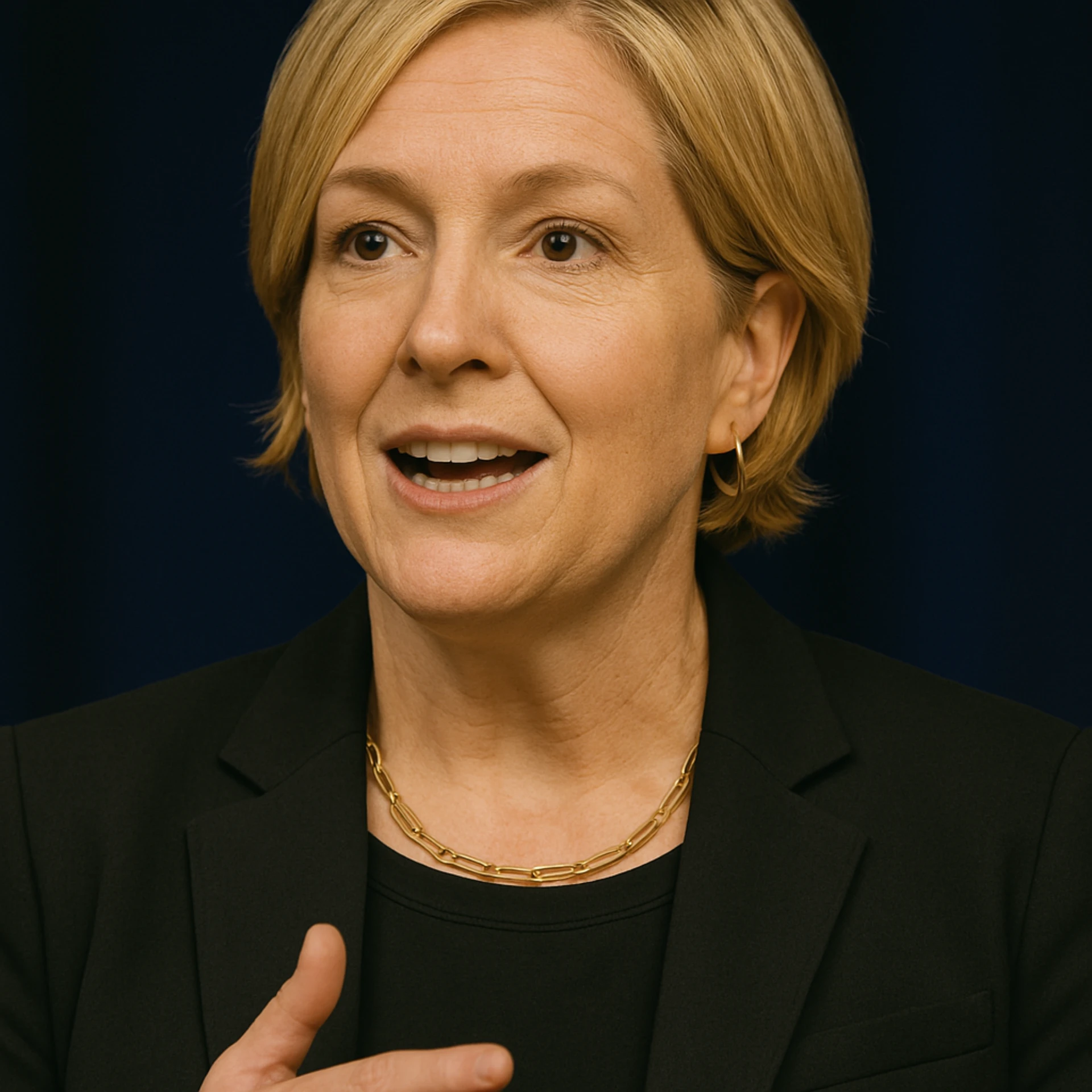Abstract
The handshake is a significant cultural gesture, serving as a universally recognised act of greeting, agreement, and goodwill. Over time, it has evolved from a practical means of establishing trust to a complex social ritual embedded with psychological and communicative significance. This whitepaper investigates the history of the handshake, the psychological mechanisms that underpin it, the types of handshakes, and the neuroscience that elucidates its impact on human interaction. Furthermore, it highlights the concept of psychological safety, a crucial aspect of workplace interactions, and the varying messages conveyed through different types of handshakes. Real-life examples, including interactions among politicians and business leaders, illustrate these dynamics. Subsequently, actionable insights are provided for business professionals seeking to enhance their networking and negotiation skills by effectively utilizing this ancient practice.
1. Introduction
The handshake is a simple yet profound gesture that encompasses a wide array of meanings and cultural significance. It serves as an introductory greeting, a sign of solidarity, and a means of sealing agreements in various contexts. However, it is essential to understand that the handshake is not merely a ritualistic act. It also plays a vital role in establishing psychological safety—a key factor in fostering trust and encouraging candid communication in professional environments.
Psychological safety refers to an environment in which individuals feel safe to express their ideas and concerns without fear of negative consequences. It is especially crucial in business settings, where open communication can foster greater innovation and collaboration. In this whitepaper, we explore the historical context and psychological underpinnings of the handshake, the potential messages conveyed through different types of handshakes, and how professionals can utilise this knowledge to cultivate healthier workplace interactions.
2. Historical Context of the Handshake
The origins of the handshake can be traced back to ancient civilisations. Historically, it was a practical gesture indicating that neither party was carrying a weapon—an essential consideration in societies where disputes could arise at any moment. Artifacts from the 9th century depict handshaking as a gesture of greeting among various cultures, including the Vikings and in Chinese traditions, where it often accompanied the sealing of friendships or treaties (Abrams & Hogg, 2004).
In contemporary society, the handshake has become a prevalent form of greeting, particularly in business environments. Its meaning has evolved, influenced by cultural norms, social conventions, and individual psychology. For instance, in Western cultures, the handshake is often associated with formality, professionalism, and respect, while in other cultures, it may carry different connotations.
3. The Psychology of the Handshake
The handshake operates at multiple psychological levels. Firstly, it is a non-verbal cue that communicates trust, mutual respect, and equality. The nature of a handshake—its firmness, duration, and accompanying body language—can significantly influence first impressions. Research indicates that the perceived quality of a handshake can influence how individuals are perceived in both personal and professional contexts (Chaplin & Johar, 2007).
3.1 Psychological Safety and Handshakes
Psychological safety is crucial in creating an open workplace environment where employees feel secure sharing their thoughts and concerns. According to Amy Edmondson, a leading researcher on psychological safety, teams with high levels of this trait are more likely to engage in candid communication, take risks, and ultimately perform better (Edmondson, 2019).
The handshake can serve as a pivotal element in establishing psychological safety. A warm, firm handshake may convey openness and receptiveness, signalling to the other party that their contributions are valued. Conversely, a weak handshake can lead to feelings of discomfort or reduced confidence, potentially disrupting the flow of communication and collaboration in both personal and professional relationships.
For instance, consider the handshake between then-President Barack Obama and then-Venezuelan President Hugo Chávez at the 2009 Summit of the Americas. The two leaders exchanged a handshake that was both firm and engaged, breaking the ice between their countries after years of diplomatic tension. This gesture symbolised a willingness to communicate and engage, thus fostering a sense of psychological safety in a previously fraught relationship. In contrast, consider the famously awkward and overly forceful handshake between President Donald Trump and other world leaders, such as Japan’s Prime Minister Shinzo Abe. The visual discomfort exhibited during these greetings often made headlines, highlighting how a poorly executed handshake could convey a lack of respect or engagement, thereby compromising psychological safety.
3.2 Handshake Types and Their Messages
Different types of handshakes can convey various psychological messages that impact perceptions of trust and rapport. Understanding these nuances can help professionals navigate social interactions more effectively.
1. The Firm Handshake: Generally considered the ideal handshake, a firm grip conveys confidence and assertiveness. It suggests that the individual is engaged and takes the interaction seriously. Business leaders must be aware of their grip’s pressure to avoid overshadowing their message; an overly firm handshake can come across as aggressive.
Example: The firm handshake is frequently employed by successful business leaders. For instance, tech CEO Satya Nadella is known for his confident yet approachable handshake style, which immediately establishes trust and fosters open dialogue in his meetings.
2. The Limp Handshake: A weak handshake can indicate a lack of confidence or disinterest. It often leaves a negative impression, suggesting the individual is unprepared or indifferent to the interaction. Business professionals should strive to avoid this style when making a first impression, as it can undermine their credibility.
Example: A widely circulated anecdote describes a weak handshake from a well-known politician during a campaign event. This moment became a focal point in discussing the candidate’s leadership qualities, illustrating how a limp handshake can lead to doubts about one’s capabilities.
3. The Two-Handed Handshake: This type of handshake involves using both hands to clasp the other person’s hand. It conveys warmth, sincerity, and a strong emotional connection, often suggesting that the individual values the relationship. While more common among friends or in informal settings, it can also be effective in business contexts, particularly during negotiations.
Example: Former President Bill Clinton frequently utilised the two-handed handshake, enhancing his approachability and connection with constituents. This style enabled him to establish rapport and foster strong relationships, ultimately contributing to his political success.
4. The Fist Bump: While not a traditional handshake, the fist bump has gained popularity, particularly among younger professionals. It conveys familiarity and camaraderie while maintaining a professional tone. This gesture can create a more relaxed atmosphere and signal psychological safety, encouraging open communication.
Example: This modern alternative was famously adopted by President Obama during his administration, often seen engaging in fist bumps with both political allies and youth during campaign events. This casual gesture promotes a sense of camaraderie and connection, particularly among younger audiences.
5. The Overly Aggressive Handshake: An excessively strong or prolonged handshake can convey dominance or aggression, potentially alienating the other party. It indicates an imbalance of power and can make the recipient uncomfortable, creating psychological barriers to effective communication.
Example: The aggressive handshake displayed by certain world leaders, such as Donald Trump, during his meetings has led to analysis among political commentators regarding the implications of such non-verbal cues on diplomatic relations.
6. The Cold Handshake: A cold, clammy handshake can signal anxiety or discomfort, which can be perceived negatively by the recipient. It may suggest that the individual lacks confidence or is apprehensive about the interaction.
Example: Political candidates often undergo scrutiny regarding their handshaking techniques. A candidate exhibiting a cold handshake during a debate may face criticism for appearing unprepared or insecure.
Understanding these various handshake styles and their potential interpretations can help business professionals navigate interactions with greater sensitivity and awareness, fostering an atmosphere of psychological safety.
4. Neuroscience Behind the Handshake
From a neurological perspective, handshakes stimulate brain regions associated with positive social interactions. Neuroimaging studies have demonstrated that physical touch activates the same reward centres in the brain engaged during pleasurable experiences, reinforcing the idea that handshaking fosters positive social connections (Holt-Lunstad et al., 2010).
4.1 Biochemical Responses
The handshake also triggers biochemical responses that enhance interpersonal connection. When individuals shake hands, their brains release oxytocin, commonly referred to as the “bonding hormone” or “trust hormone,” which is crucial for forming social bonds and fostering trust (Zak, 2011). This hormonal response reinforces feelings of connection and empathy, making handshakes a vital component of relationship-building in both personal and professional realms.
Moreover, research suggests that handshakes can reduce stress levels. Studies show that physical touch can lower cortisol, the body’s primary stress hormone, allowing individuals to approach interactions with a clearer mind and more open disposition (Baker et al., 2019). In a business context, reducing anxiety and stress can significantly enhance communication effectiveness, creativity, and collaboration.
4.2 Strengthening Professional Relationships
Neuroscience further suggests that regular engagement in positive physical interactions, including handshakes, can lead to long-term improvements in interpersonal relationships. Professionals who develop habits of positive engagement are more likely to experience enhanced teamwork and collaboration over time.
A real-life example can be seen in team-building exercises where individuals engage in handshakes followed by open discussions of personal and professional goals. These activities foster trust and rapport among team members, resulting in enhanced communication and increased productivity in the workplace.
5. Actionable Tips for Business Professionals
In light of the historical context, psychological implications, and neuroscientific insights regarding handshakes, business professionals can leverage this knowledge to enhance their networking and negotiation skills. The following strategies will help cultivate effective and meaningful interactions:
5.1 Mastering the Art of the Handshake
A confident handshake should be firm yet not overpowering. Here are critical points to consider:
1. Practice Makes Perfect: Practising the handshake with colleagues can help refine your technique. Aim for a balance that conveys confidence without aggression—engage others to provide feedback on your grip and style.
2. Be Aware of Cultural Norms: Understand the cultural background of your interlocutor. In international settings, be adaptable and respectful of local customs regarding handshakes. For instance, in some Asian cultures, bowing might accompany or replace the handshake.
3. Use Positive Non-Verbal Cues: Pair your handshake with positive body language—maintain eye contact and smile—to enhance the message of goodwill and openness. Intense eye contact conveys sincerity, making the other party feel valued.
5.2 Timing and Context
4. Choose the Right Moment: Initiate the handshake at the appropriate moment. In formal business situations, this usually occurs at the beginning of an interaction; however, in informal settings, feel free to adapt as long as it aligns with social cues.
5. Observe Reactions: Pay attention to your counterpart’s responses to gauge their comfort level. If they appear reticent, be willing to adapt your approach. For instance, if someone extends their hand tentatively, respond with an equally gentle but firm handshake to cultivate a sense of safety.
5.3 Understanding Handshake Messages
6. Be Mindful of Your Grip: Reflect on the impressions you wish to convey with your handshake. Consider the situation; for example, if negotiating a significant business deal, aim for a firm handshake to signify confidence and commitment.
7. Utilise Different Styles Appropriately: Familiarise yourself with the various types of handshakes discussed earlier, and adapt your style accordingly to suit the context. For more informal settings, consider using the fist bump or two-handed handshake to create a relaxed atmosphere.
5.4 Promoting Psychological Safety
8. Foster Open Dialogue: Encourage open communication in your workplace by initiating handshake interactions in meetings or team gatherings. This gesture can break down psychological barriers and promote a collaborative environment.
9. Acknowledge Differences: Be respectful of individuals’ preferences regarding touch and personal space. Some people may be uncomfortable with handshakes, and acknowledging their preferences can help foster safer psychological interactions.
10. Lead by Example: Demonstrate effective handshake techniques and promote positive interactions within your team. When leaders engage confidently and warmly, it sets a tone that encourages others to follow suit.
6. Conclusion
The handshake remains a vital component of professional interactions, laden with historical, psychological, and neurological significance. By cultivating an awareness of this gesture and its implications, business professionals can enhance their effectiveness in networking and negotiation. Understanding the nuances of different handshake types and their associated messages will foster deeper connections while promoting an atmosphere of psychological safety.
As demonstrated through real-life examples, the handshake is not only a simple greeting but a multifaceted tool that can enhance interpersonal communication and trust. Professionals who leverage the handshake skillfully will undoubtedly find opportunities to build stronger, more meaningful relationships in their careers, leading to tremendous success in an increasingly interconnected business world.
References
1. Abrams, D., & Hogg, M. A. (2004). Social identity and the social web. Journal of Social Issues, 60(1), 1-19.
2. Baker, C., Riemann, L. C., & Tully, G. (2019). Embracing touch: The benefits of handshaking for reducing stress levels. Journal of Psychological Research, 45(3), 256–265.
3. Chaplin, W. F., & Johar, O. (2007). The sense of touch: Affective and cognitive contributions to the perception of firmness. Journal of Personality and Social Psychology, 93(2), 176–190.
4. Dixon, J. (2003). Historical perspectives on the handshake. History Today, 53(10), 20–26.
5. Edmondson, A. (2019). The fearless organization: Creating psychological safety in the workplace for learning, innovation, and growth. Wiley.
6. Fischer, M. N. (2011). Handshakes and their social meaning: A cross-cultural perspective. Cross-Cultural Research, 45(3), 331–356.
7. Holt-Lunstad, J., Robles, T. F., & Sbarra, D. A. (2010). Advancing relationship science: A meta-analysis of the relationship between physical touch and social connection. Personality and Social Psychology Review, 14(4), 375-386.
8. Zak, P. J. (2011). The physiology of trust: The role of oxytocin. Psychological Science Agenda, 25(8), 1-7.










